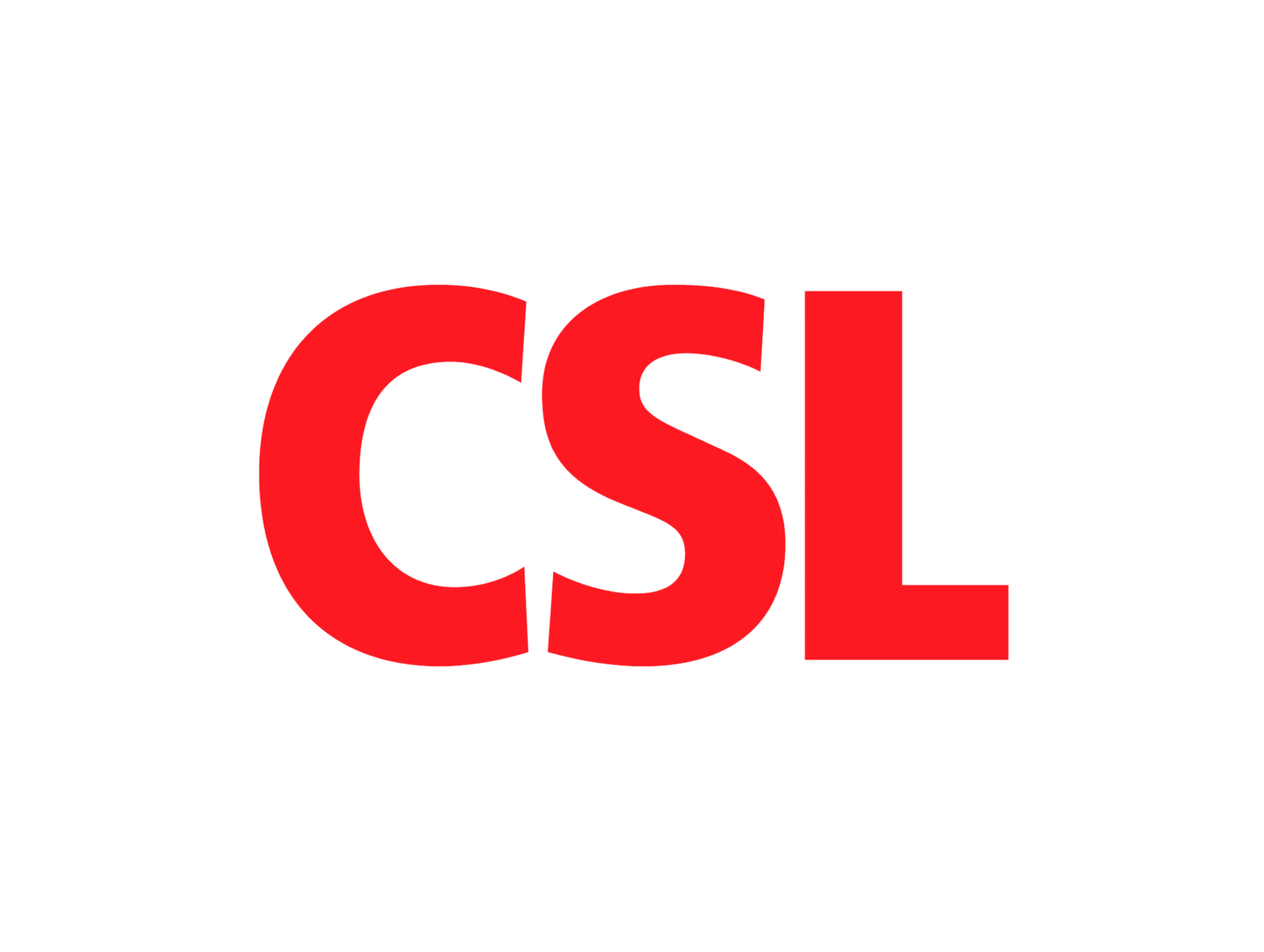The Alpha-1 Foundation is proud to share this inspiring story and great accomplishment, submitted by Andrew Irvine, a fellow Alpha and member of the United States Men’s Kayak Polo team. He will be representing the United States in the 2022 World Games in Birmingham, Alabama, held from July 7 – 17, 2022.
“We are all proud of Andrew, and are grateful to the entire Irvine Family for all they do to support the Alpha1 community and their efforts to bring national awareness to the condition,” said Scott Santarella, President & CEO of the Alpha-1 Foundation.
Please join us in wishing Andrew, and the entire US team, the best of luck! Thank you for putting Alpha-1 at the forefront of athletics to continue to raise awareness.
by Andrew Irvine
The air in the giant Kinsmen Sports Centre pool space is warm, moist, and smells of chlorine. It’s a welcome change compared to the frigid crispness of February in Edmonton, Canada as we loaded our team’s kayaks into a van at 5 AM earlier that morning in order to make it to our first game at the Cup of the North, the highest level kayak polo competition in North America.
I feel the vibrations of my paddle coarse through my arms as I block an outside shot from one of the top Canadian players and hear the ball plop into the water next to my boat as I’m scanning the pitch for my next pass. My teammates instinctually race off from their defense formation, creating space for a pass before the other team descends on my position as goalie. I become aware of the decision after my body responds, and with an intuitive reflex, I propel the ball in a powerful arc above the reaching paddles of the giant Canadians as their boats make contact, pushing me off the pitch half a second too late. The pass is short but my teammate reaches back, catching the ball with the blade of his paddle, bouncing ahead of his boat all while maintaining his speed and direction towards the opposite goal. A Canadian is sprinting to catch up with him, quickly closing the distance to stop the fast break. With a few feet left in his lead, my teammate takes a half-court shot, and the ball sails into the goal 15 meters away, capturing a solid lead that ends a win for the San Francisco Pelicans.
Before my first kayak polo session, I thought I was a pretty decent kayaker. I first learned how to kayak as a camper in Maine at age 14, and then taught flat water kayaking for many summers.
A National Outdoor Leadership School semester program that I attended after college involved two weeks of kayaking class III-IV rapids of the Green River in eastern Utah. I had a solid kayak eskimo roll and knew all the kayaking lingo.
I felt confident I could handle a new kayaking activity, especially when I was told they used a water polo ball, a sport I played in high school.
Because I had both kayaking and water polo experience, a friend insisted I try kayak polo. I remember having second thoughts as soon as I saw the special boats they used; tight-fitting and tippy, they looked like someone took a slalom boat, chopped off the pointy ends, and replaced them with foam bumpers. When they handed me a helmet I started thinking up excuses about why I might need to leave early.
On the water, I quickly learned that managing a ball while kayaking is incredibly challenging. Within the first 5 minutes, I flipped over into the water and had to do a wet exit when I couldn’t manage to roll back up. The whole group had to stop playing, some helping me get to the shore while others emptied the water from my boat. I was embarrassed, frustrated, and eager to get out of there as soon as possible.
Luckily a few of the players saw the look of regret on my face and gave me some pointers that helped me stay upright and I actually made some progress over the next hour. Despite this, at the end of the session my impression was the whole thing was a crazy form of torture and it would be the first and last time I played kayak polo.
As I was drying off and getting ready to say goodbye forever, my now good friend and kayak polo mentor approached me and said, “I’ll see you next Tuesday — you must try it at least twice.” I protested that I didn’t think this activity was for me, but he insisted. I reluctantly agreed, ready to tell him anything to get the heck out of there and away from these crazy kayak polo people.
Eleven years later, I have been selected to be on the USA men’s team to play at the highest level of kayak polo competition on the planet, The World Games 2022 held in Birmingham, Alabama this July. This is a once-in-a-generation opportunity to participate since the USA is the host country. The World Games has a variety of sports that are not represented in the Olympics. The events this summer will be covered by CBS sports and other international media outlets (https://twg2022.com/sports/canoe/).
So what is kayak polo (called Canoe polo in the rest of the world; “Canoe” in the World Games)? The sport got started in the 1970s as a way for river kayakers to train during the colder seasons. It’s played on flat water like a lake or pool in a “pitch”, an area with boundaries and size similar to water polo. Since then it has evolved into an exciting team paddle sport with a huge international presence, especially in Europe. In August 2022, our team will travel to St. Omer, France to compete in the International Federation of Canoe (IFC) Canoe Polo World Championship where almost 20 teams from around the world compete for the title of World Champion (https://www.canoeicf.com/canoe-polo-world-championships/saint-omer-2022).
The sport is full contact with two teams of five players outfitted with special kayaks, paddles, and helmets scoring goals to win the game. Defending players can try to “tackle” (push over) a player of the other team if they have possession of the ball. If a paddle comes in contact with players of the other team, it’s called a “paddle foul” and depending on where and how severe, can lead to a yellow card or even a penalty shot. The specially designed paddles can be used to block passes or even pass or shoot the ball like a giant lacrosse stick, but mostly players use their hands to manage the ball. The gameplay is fast-paced with continuous action during the two,10-minute halves with a 60-second shot clock. The sport is a hybrid of the best parts of water polo, basketball, lacrosse, and kayaking.
During the game, each team has 5 players on the pitch with constant substitution like ice hockey. The goalie plays offense which means the defense generally plays zone since it’s 5 vs 4 with a goalie. On a turn over the goalie needs to sprint back to their goal in time to prevent any long shots during a fast break. The goals look like someone took a basketball backboard and replaced it with a street-hockey net. The goalie needs to maintain their position with their hands as they hold their paddle vertically to protect the goal which is several meters above the water. If the offense comes in contact or even pushes the defense into the goalie, it’s a “goalie foul” causing a turn-over.
I generally play goalie but need to be versatile since the gameplay is so dynamic. Players need to be able to respond quickly to the situation at hand. Not only has my participation improved my overall health, my reflexes and response time has been elevated in ways I never expected were possible.
Perhaps most importantly, kayak polo has been a reason to push forward when faced with the symptoms of my family’s genetic lung condition, Alpha-1 Antitrypsin Deficiency Disorder (called A1AT or Alpha-1). My two brothers and I are carriers for the “Z” allele (M is the “normal” functioning allele; we are “MZ”s).
Alpha-1 is a rare genetic condition that manifests as liver or lung disease and, without preventative therapies and lifestyle choices, can develop into severe liver or lung conditions like cirrhosis or COPD. My mother, Bettina Irvine was misdiagnosed for more than a decade of asthma attacks and lung issues. Eventually, a doctor suggested she get tested for Alpha-1 and she was relieved to learn about and have a label for her condition. It turned out she was a “ZZ” meaning she had both copies of the disorder gene. She finally had a reason for all of her lung issues.
A strong-willed woman, Bettina became an advocate for Alpha-1 awareness and helped other patients with lung issues learn about the disorder and get tested. She eventually became the president of the Alpha-1 Association, a patient advocacy group that later partnered with the research groups to become the Alpha-1 Foundation.
Though she received the main treatment for Alpha-1, an enzyme replacement infusion therapy, Bettina’s lung function continued to decline and she needed full-time oxygen support. She had 30% lung function when she received the call for a double lung transplant in 2004 and a new lease on life. She spent the next 10 years doing all the things she couldn’t before; playing tennis, golf, traveling, and being around friends and family. In 2014, she lost her battle against the complications of organ transplant, but left behind a legacy of helping spread awareness of Alpha-1.
A year after Bettina’s death, I started developing my own lung complications, and my lung function began declining rapidly, a symptom of Alpha-1.
In 2016 I started the same monthly infusion therapy my mother had taken when she was diagnosed. Gratefully, my lungs have bounced back and I have made incredible progress with my fitness and health. I will need to continue this therapy and lifestyle choices for the rest of my life. Awareness of Alpha-1 was the key to my current health trajectory, including my participation in The World Games this summer.
I am hoping through sharing my story others will learn about Alpha-1 and perhaps get themselves or their loved ones tested. Testing is free, easy, and anonymous. I recommend anyone who has a family history of lung or liver complications get tested: https://redcap.ctsi.ufl.edu/redcap/surveys/?s=3L7JMEW47E.
As for kayak polo, I’ll never be the fastest player on the pitch, but with the help of the infusion therapy, lifestyle choices, and the encouragement of my team and the US kayak polo community in general, I’m competing with some of the top kayakers in the world this summer. If you want to learn more about our team you can go to our Facebook page or American Canoe Association page.











